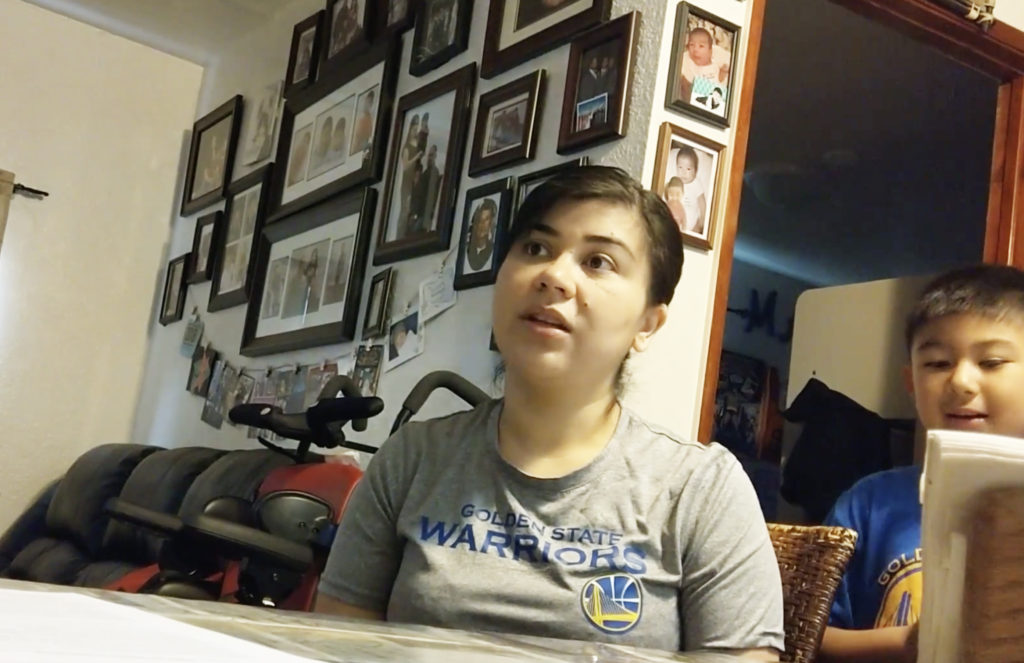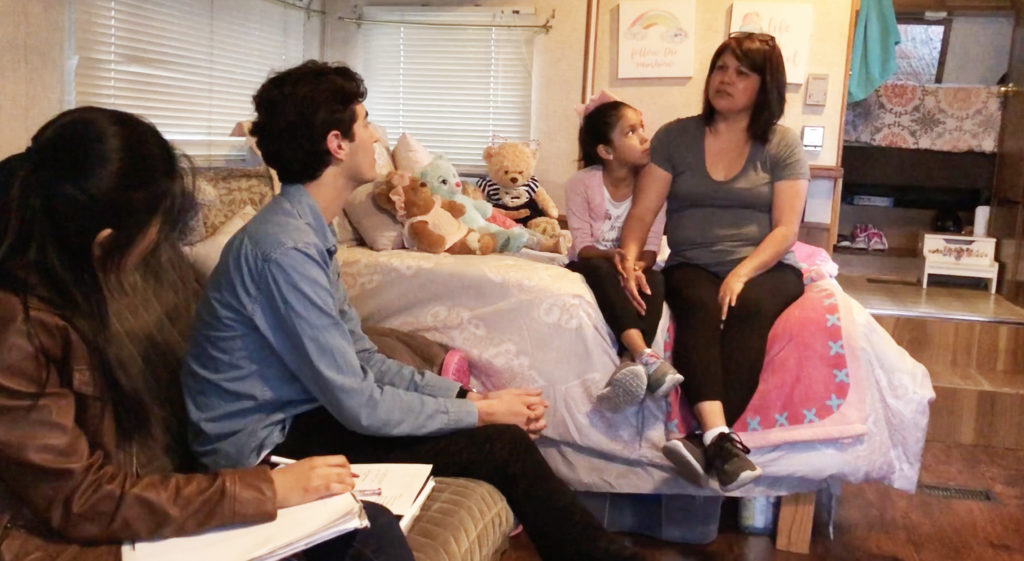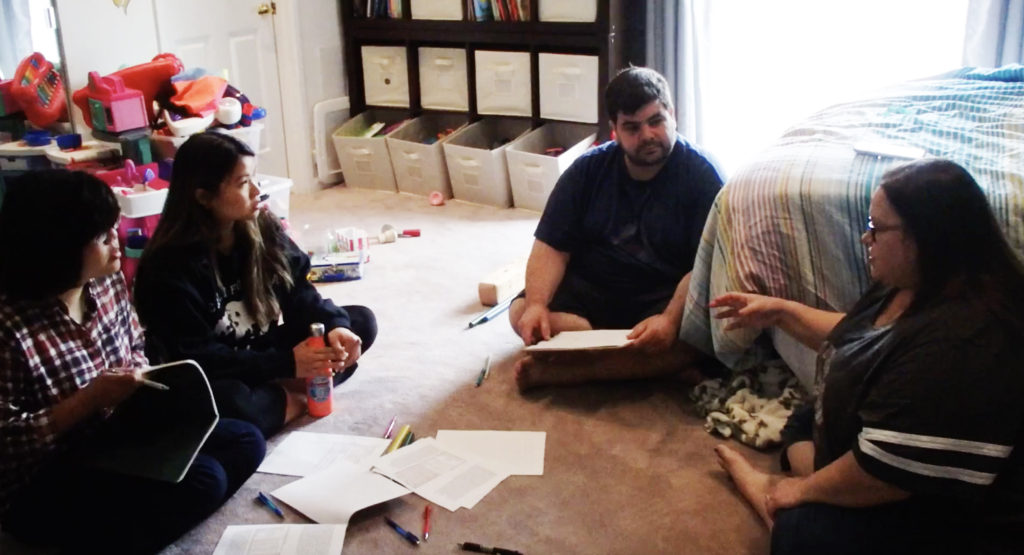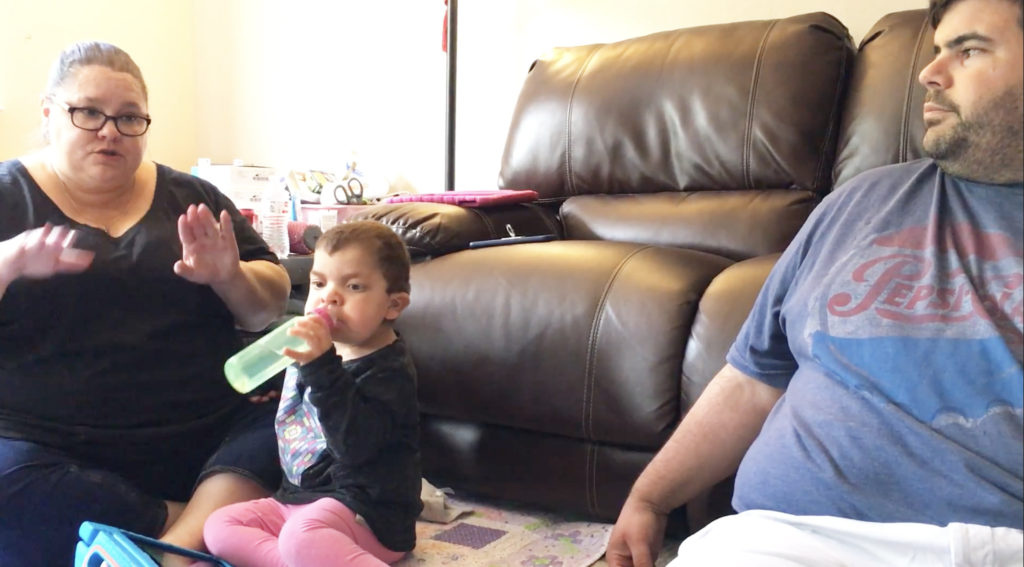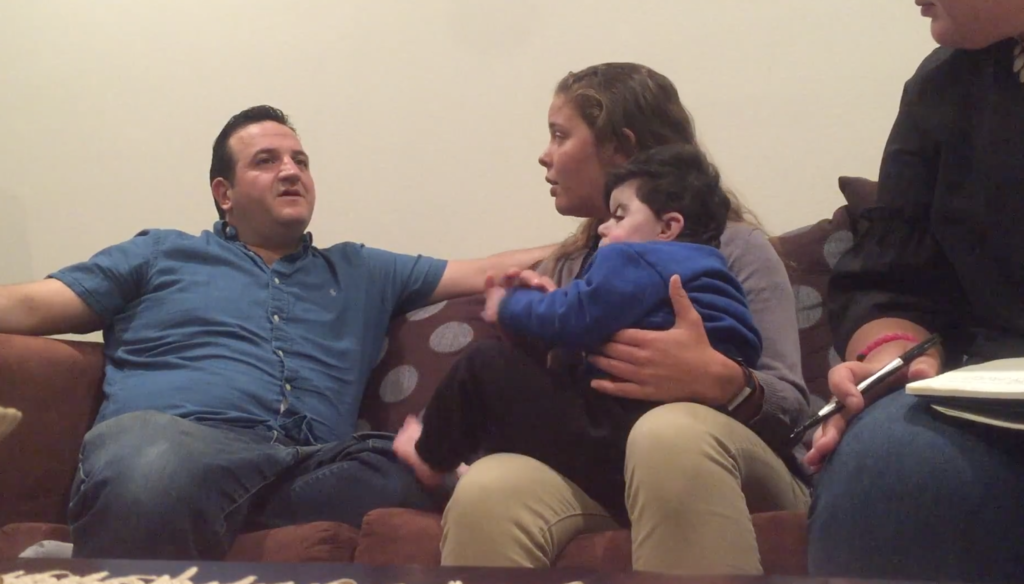When I was a student at the d. School, I remember that ethnographic research always seemed rushed, we rarely had any assistance with finding suitable people to interview and insights were expected to magically appear after two hours of conducting interviews over one afternoon. I was often frustrated with the attitude d. School instructors brought to this work: rush rush rush, find your subjects however you can, come up with “insights” after a few minutes and present brilliant solutions by the end of the week. Having experienced this style of research, I am very conscious of how I approach ethnography with my own students. The nature of the work healthcare (product/system/service) designers do requires foresight, planning and careful selection of subjects who are ready and willing to discuss sensitive and emotional information. The clinicians I have taught with over the last 6 years understand that there is an order of operations for enrolling people for research purposes. Designers, on the other hand, typically aren’t trained in academic research techniques, and therefore do not understand that there is an existing protocol for selecting participants, providing incentives and following up with those people on the outcome of the study. Although I still feel a bit frustrated with the pace of one-quarter classes at Stanford, my co-instructors and I do our best to plan time for a literature review, in-class presentations or talks from experts and extreme users, and finally immersive experiences that allow a designer to “get to the heart,” by putting themselves in the user’s context. In “the real world,” user interviews would likely go on for at least 4-6 weeks and we would see 10 subjects before we would begin to synthesize our findings. The d. School class experience is a taste of the design thinking method, but is not a realistic timeline for finalizing one’s idea. Often after these classes, my students ask me, “so, what’s the follow on class for this?” Sadly I say, “there is no follow on class.” The approach may change in 2019, as the d. School has begun to see the need for for creating longer (2-quarter) courses that explore complex healthcare issues. On a 2-quarter schedule, we would spend more time in the “understand” phase, have the ability to develop higher resolution prototypes, run pilot studies and work on IP development.
This week in our class “Designing For Child Health Equity,” students had the opportunity to visit families and learn about the day-to-day activities of caring for a child with complex health issues while dealing with serious financial and social burdens. Although the term “disparities” is often interpreted to mean racial or ethnic disparities, many dimensions of disparity exist in the United States, particularly in health. If a health outcome is seen to a greater or lesser extent between populations, there is disparity. In our class we are studying a population of people on Medical insurance caring for a child who was born preterm, spent time in the NICU and who has developmental challenges or disabilities that need regular medical attention. Each student group took a video of their in-home interview to remember what was said, and to capture artifacts in the home that point to daily activities for maintaining the health of their child.
I had the opportunity to watch each of their videos (a few of them over and over) and marvel at the strength, dedication and love each of these families have for their child. The learning curve for these parents has been tremendous: from being instructed on how to operate specific equipment at home, to dispensing medications, to navigating the myriad specialists they are recommended to visit. I believe the students absorbed more than they expected because today during our class, almost every group’s “point of view” (POV) statement was changing based on this immersive experience. It’s one thing to sit and listen to someone’s story in the classroom, it’s quite another to insert oneself in their world, navigate the interview and make the subjects feel at ease. I was quite impressed with the our student’s questions, their unobtrusive interviewing style, and poise during more emotional moments in the interviews. Besides having mindful and curious students, I attribute the interview success to preparing everyone on field guide development, discussing the “ethics of empathy” and Dr. Lee Sander’s efforts at recruiting generous participants who were open to sharing their world with our students.

